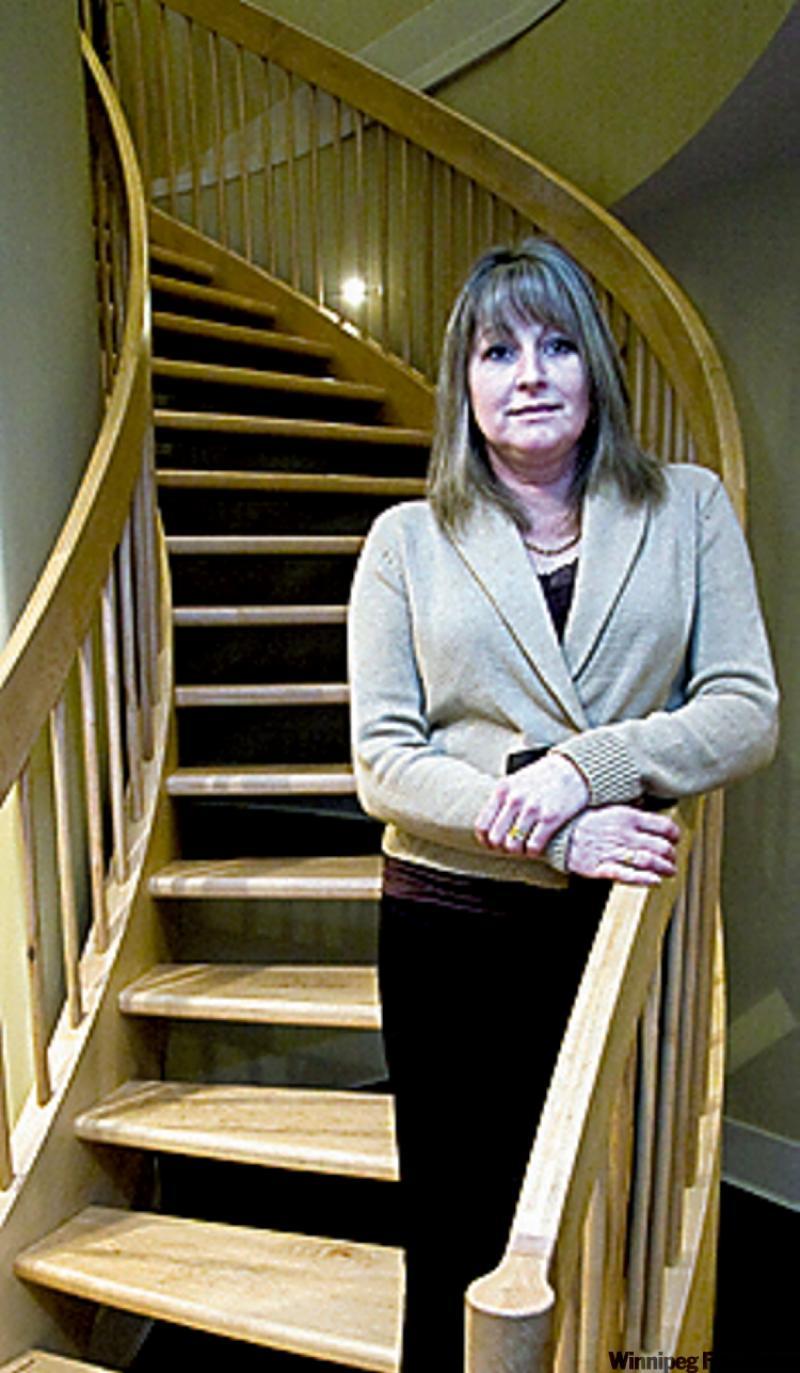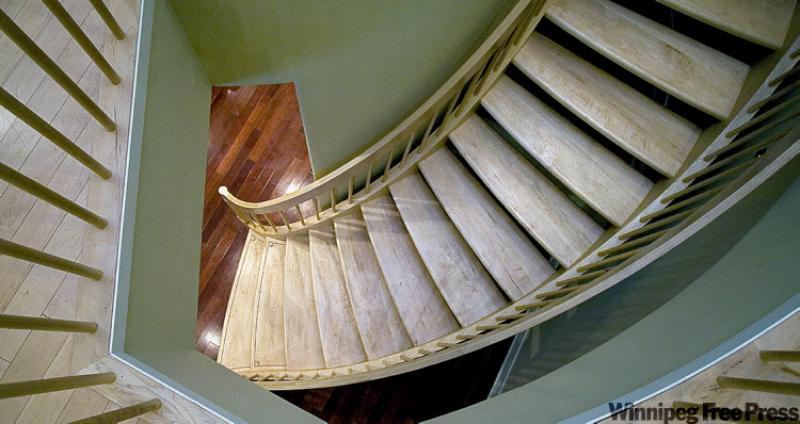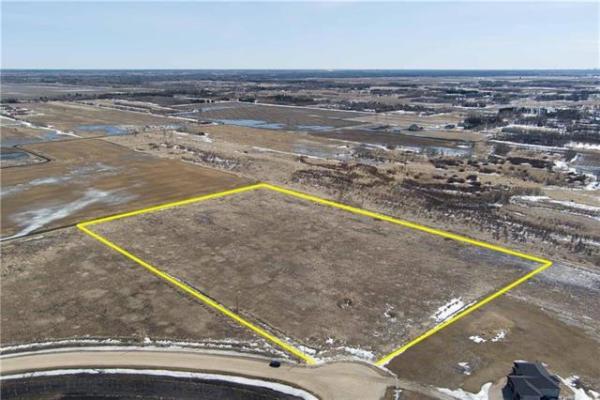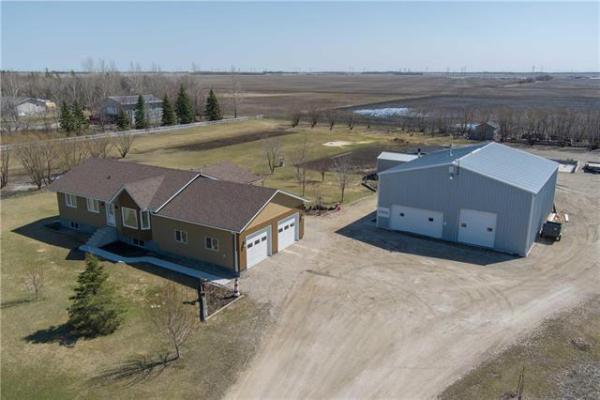
A curved staircase takes up more room and costs more to build, but for some homeowners it is more than worth it. To them, there is nothing more timeless than a well-executed, curved staircase.
A staircase can be the focal point of an entrance and sets the tone for the rest of the house.
But a lifetime of beauty does come with a price. A curved staircase costs about 30 per cent more to build than a conventional one but the visual impact is well worth it. The extra space under a curved stairway -- about 15 per cent -- can be used for larger powder rooms or funky closets.
Stuart Wood had a curved staircase installed in his new house because he believes it adds elegance and style to his home. But he was also convinced when he saw how much easier it was for his mother to get up and down her custom-designed, curved staircase compared with one that originally came with her house.
"The outside treads of a curved staircase are wider -- from 10 inches on the inside to 16 inches on the outer edge -- so she's more comfortable walking up and down the stairs," says Wood.
"So when it came time to build my new house, I put one in too."
A curved stairway is not always a barrier for homeowners with mobility issues who wish to age in place. Electric chairlifts can be mounted on curved rails attached to the wall. To accommodate those with milder impairments, stairs can also be designed with lower risers. The subsequent stairs are just longer.
With an eye toward the future, some homeowners incorporate a curved staircase into the architecture of their house while also fitting it with an elevator.
There are many combinations of treads, risers, railings, handrails, balusters, posts, newels and spindles to suit every taste or architectural style. Owners wishing something different can opt for glass panels or wrought-iron and stainless steel balusters.
While wood is the most common material, stairs can be manufactured in metal, glass or cast concrete. Cherry, mahogany, black walnut, ash, oak, hickory and maple are just some of the woods that can be used.
A curved staircase does not have to be expensive, and can be within reach for the not-so-affluent homeowner. Curved and straight staircases take the same amount of wood to construct, and the labour to build the two would be about the same.
Designing and constructing a staircase with a gentle curve (or degree of twist) is less complex than a tight one -- and costs less.
It comes down to the cost of the materials.
Using domestic wood instead of exotic wood can save upwards of $30 per foot. While curved glass can cost $1,000 per four-foot panel, using 10 wooden spindles in the same span of space can cost as little as $80. If the staircase has a carpet runner down the middle, a softer (and less expensive) wood will do for the treads.
A simple, curved staircase for a $600,000 home can start from $1,500. Staircases that curve 360 degrees (called a full helix) are generally unsupported and are more expensive to design and construct.
-- Canwest News Service




